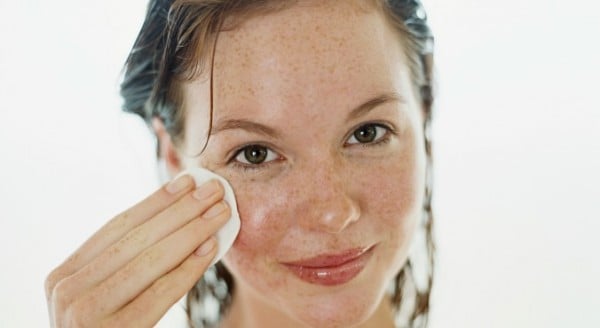
As the weather get chilly, we’e once again reminded that layering is key. And I’m not just talking about your wardrobe. Knowing which beauty products should be applied, and in which order can make all the difference to your winter skin.
Often in the rush of wanting to get stuff done, we fail to give each product enough time to properly penetrate the skin and do it’s thang. In an ideal world, you should leave at least 20-30 seconds between each product, which will enable it to sink in and prepare your skin for whatever is coming next.
Related: 10 reasons why sex during winter is the worst.
Your daytime routine
During the day, your morning routine should act to remove any remnants of products left overnight and prep the skin properly for new ones.
Step 1. Cleanse: Regardless of your skin type, the best type of cleanser you can use is a cream-based one, especially if you’re over 30. The reason is that once we hit the magic 3-0, our skin loses a lot of moisture and elasticity and requires a lot more hydration than it used to. Cleansing with milky-based products respects the new landscape of your skin and is far gentler than foamy type stuff.
Step 2. Face cream with SPF. During the day you should be using a fairly basic moisturiser. All you want is something that will keep your skin hydrated and comfortable. During winter, you might choose something slightly heavier than you use during the warmer months which will put back some of the depleted moisture.
Related: Sorry to break it to you but you’re washing your face all wrong.
However, if you really want to step things up, you can look for moisturisers which give that little something extra: think pigmentation treatment, wrinkles and oil control. The choice is all yours, just make sure whatever you use has SPF. The Iluka Light Day Cream with SPF ($29.99) is a good all-rounder. (Post continues after gallery.)
